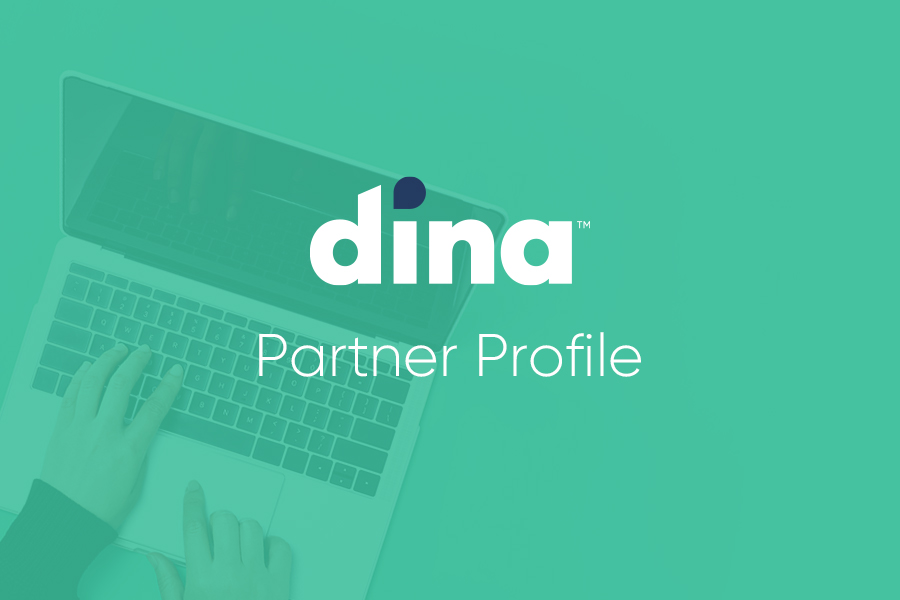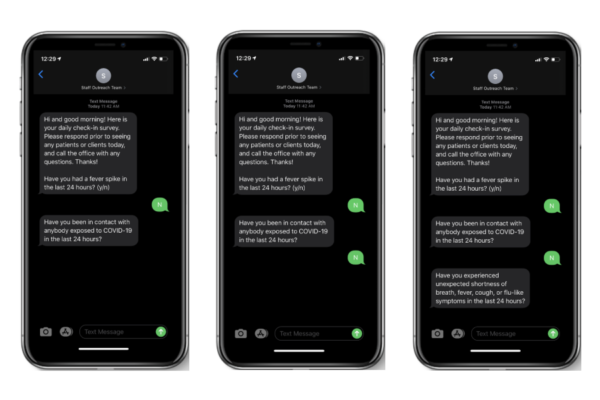
Dina recently raised $7 million in financing to expand its digital care-at-home platform and network across the country. Philadelphia-based Osage Venture Partners led the funding round, with support from existing investors and strategic partners.
The venture firm invests in early-stage B2B software start-ups, primarily in the eastern U.S. They review about a thousand deals every year; only a few make the cut. Why Dina?
“We were impressed with Dina’s approach to solving a very timely and massive problem of getting care to people in their homes and communities,” said Sean Dowling (left), partner at Osage. “It’s a testament to how much we believe in the team and the space.” Here’s what else he had to say:
What was an early sign that Dina might go the distance?
I’d say the company’s performance speaks for itself. The revenue traction and recent momentum in a really difficult operating environment is impressive. And it’s not just one-off relationships, but relationships that have a clear path for growth. We met a seasoned leadership team who were able to execute in the middle of the pandemic. They are focused on building a great business with a world-class culture.
Tell us more about why you leaned into Dina.
First and foremost, we invest behind teams and this is an amazing team across the board. We look for two primary things: deep domain expertise, and a history of success in building businesses. We really want teams to understand the problems they’re trying to solve and the ecosystem in which they play, and that couldn’t be more evident here.
There are so many Medicity roots throughout this company, along with many other successes in building and scaling companies. (Dina co-founder David Coyle was co-founder at Medicity, the market leader for vendor-neutral Health Information Exchange solutions; Dina co-founder and CEO Ashish V. Shah was CTO at Medicity, which was acquired by Aetna in 2011). It’s clear from our conversations that they recognize that the team is the most important thing. That’s crucial for us.
What excited you about the market opportunity?
First, there’s a glaring need in the post-acute and home health space to coordinate care more effectively. This has been true for a long time and has been made more critical by market forces including value-based care and a rapidly aging population. There’s a shared desire in the industry to shift care to the lowest-cost setting. All of this was massively accelerated by Covid, and I think it identified even more care gaps.
As Dina harnesses the power of its data, it sets the company apart.
As the industry moves to virtual and in-home care, the data that Dina collects from the home becomes massively valuable. These are unique data sets that will be difficult for competitors to replicate. As Dina continues to harness the power of its data, it’s going to set the company ahead and give it a leg up as the space evolves.
Any final words of advice for the team and other growing companies?
Focus on delighting the customer. It’s easy to get lost in the product you’re building, or the cool tech you can create. At the end of the day, we need to solve pain points and empower customers to be successful in their own roles. At the same time, the world is going to change and you need to listen to your customers and evolve with them.
Interested in the latest health-at-home news? Sign up for our newsletter for twice-monthly industry updates.






